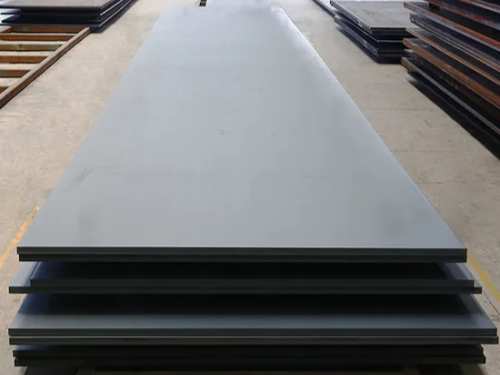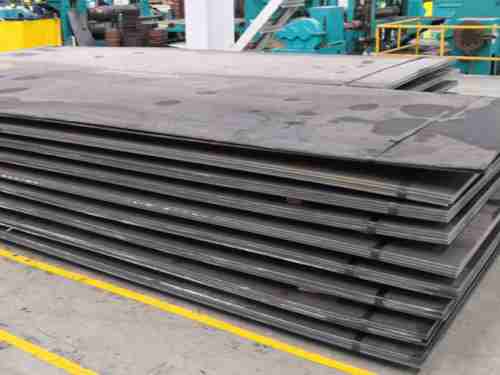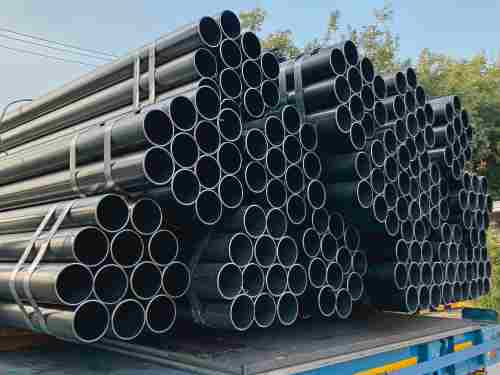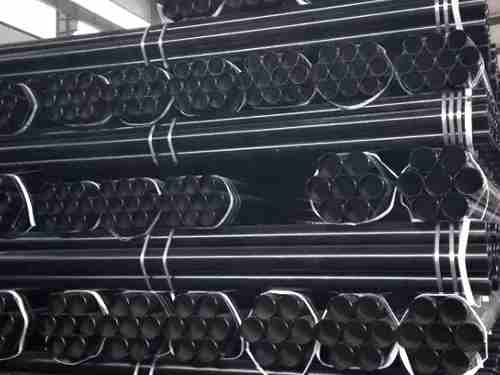Spiral steel pipe is a spiral seam steel pipe made of strip steel coil as raw material, often warmly extruded, and welded by automatic double-wire double-sided submerged arc welding process. The spiral steel pipe feeds the strip into the welded pipe unit. After being rolled by multiple rollers, the strip is gradually rolled up to form a circular tube blank with an opening gap. 3mm, and make both ends of the welding joint flush.
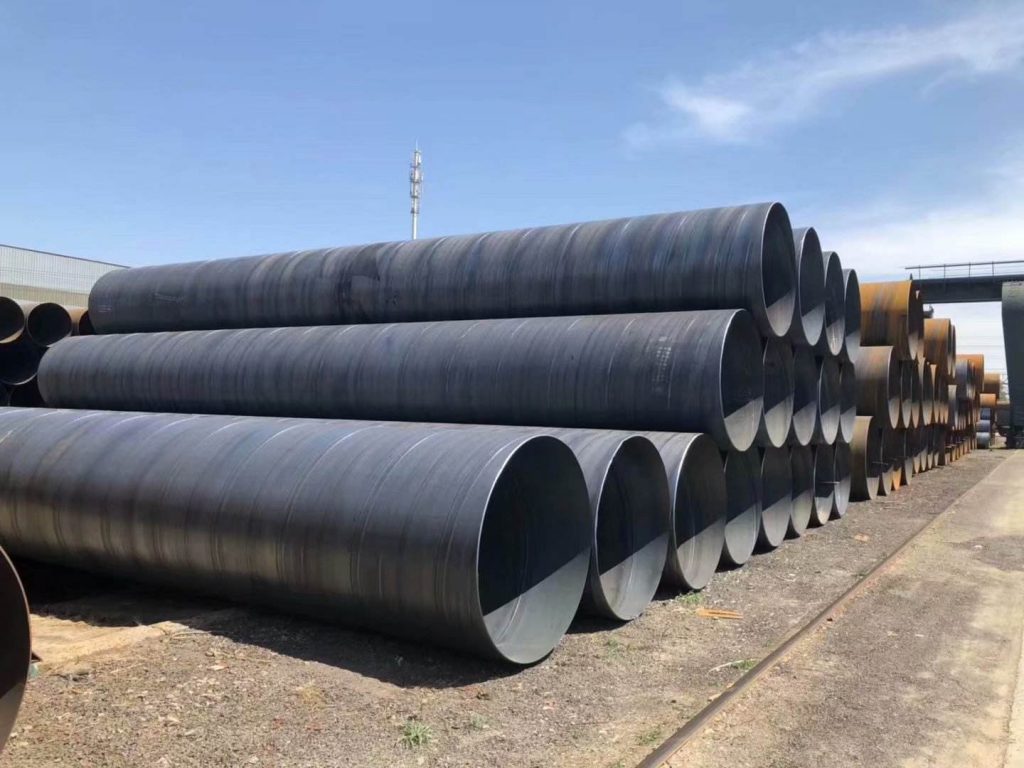
Production Process
(1) The raw materials are strip coil, welding wire and flux. They must undergo strict physical and chemical inspections before being put into use.
(2) The head and tail of the strip steel are butted by single wire or double wire submerged arc welding, and automatic submerged arc welding is used for repair welding after rolling into a steel pipe.
(3) Before forming, the strip is leveled, trimmed, planed, surface cleaned and conveyed and pre-bending.
(4) The electric contact pressure gauge is used to control the pressure of the cylinders on both sides of the conveyor to ensure the smooth conveying of the strip.
(5) Adopt external control or internal control roll forming.
(6) The weld gap control device is used to ensure that the weld gap meets the welding requirements, and the pipe diameter, the amount of misalignment and the weld gap are strictly controlled.
(7) Both internal welding and external welding use American Lincoln welding machine for single wire or double wire submerged arc welding, so as to obtain stable welding quality.
(8) The welded seams are all inspected by an online continuous ultrasonic automatic flaw detector, which ensures 100% non-destructive testing coverage of the spiral welds. If there is a defect, it will automatically alarm and spray the mark, and the production workers can adjust the process parameters at any time accordingly to eliminate the defect in time.
(9) Use an air plasma cutting machine to cut the steel pipe into single pieces.
(10) After cutting into a single steel pipe, each batch of steel pipes must undergo a strict first inspection system to check the mechanical properties, chemical composition, fusion status of the weld, the surface quality of the steel pipe and non-destructive testing to ensure that the pipe making process is qualified. Only then can it be officially put into production.
(11) The parts with continuous sonic flaw detection marks on the welds shall be re-examined by manual ultrasonic wave and X-ray. If they are indeed defective, they shall be repaired and subjected to non-destructive inspection again until it is confirmed that the defects have been eliminated.
(12) The pipes where the butt welding seam of the strip steel and the T-joint intersecting with the spiral welding seam are located shall all be inspected by X-ray television or filming.
(13) Each steel pipe is tested by hydrostatic pressure, and the pressure is radially sealed. The test pressure and time are strictly controlled by the steel pipe water pressure microcomputer detection device. The test parameters are automatically printed and recorded.
(14) The pipe end is machined so that the verticality of the end face, the bevel angle and the blunt edge are accurately controlled.
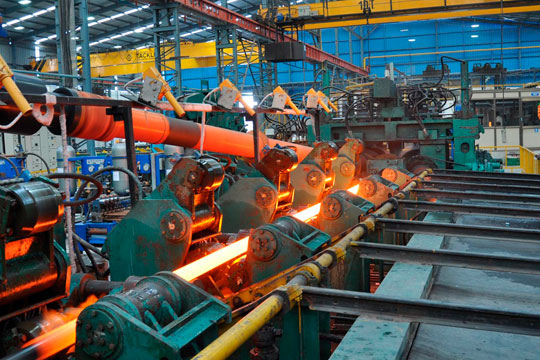
Weld treatment
1. If the gap is too large, the proximity effect will be reduced, the eddy current heat will be insufficient, and the intergranular bonding of the weld will be poor, resulting in unfused or cracked.
2. If the gap is too small, the proximity effect will increase, the welding heat will be too large, and the welding seam will be burned; or the welding seam will form a deep pit after extrusion and rolling, which will affect the surface quality of the welding seam.
After the two edges of the tube blank are heated to the welding temperature, under the extrusion of the extrusion roller, the common metal grains are formed to penetrate and crystallize each other, and finally a firm weld is formed. If the extrusion force of the spiral steel pipe is too small, the number of common crystals formed will be small, the strength of the weld metal will decrease, and cracks will occur after being stressed; if the extrusion force is too large, the molten metal will be squeezed out of the weld seam. It not only reduces the strength of the weld, but also produces a large number of internal and external burrs, and even causes defects such as welding laps.
The main process characteristics of spiral steel pipe:
a. During the forming process, the deformation of the steel plate is uniform, the residual stress is small, and the surface is not scratched. The processed spiral steel pipe has greater flexibility in the size range of diameter and wall thickness, especially in the production of high-grade steel-grade thick-walled pipes, especially medium- and small-diameter thick-walled pipes, which have incomparable advantages in other processes, which can meet the needs of users. More requirements in terms of spiral steel pipe specifications.
b. Using the advanced double-sided submerged arc welding process, the welding can be realized in the best position, and it is not easy to have defects such as misalignment, welding deviation and incomplete penetration, and it is easy to control the welding quality.
c. Carry out 100% quality inspection of steel pipes, so that the whole process of steel pipe production is under effective inspection and monitoring, which effectively guarantees product quality.
d. All equipment of the whole production line has the function of networking with the computer data acquisition system to realize real-time data transmission, and the technical parameters in the production process are checked by the central control room.

 English
English Español
Español



